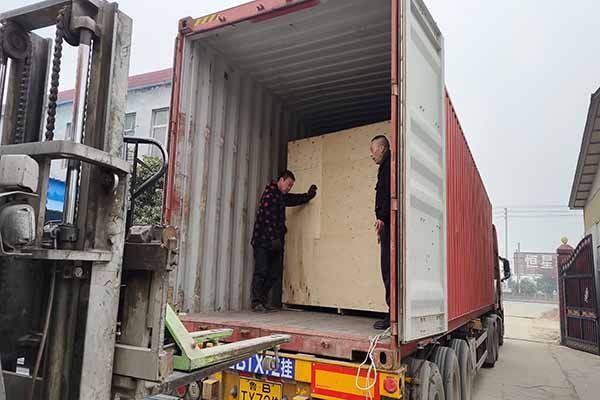30000 Poultry Birds Automated Feeding System in Gambia: A Game-Changer for the Industry
Introduction
The poultry industry in Gambia has been growing at a rapid pace. To keep up with this growth, adopting advanced technologies is crucial. One such technology is the automated feeding system for poultry birds. In this article, we will discuss the benefits of implementing a 30,000 poultry birds automated feeding system in Gambia.
Benefits of Automated Feeding Systems
Automated feeding systems offer numerous advantages for poultry farmers in Gambia. Here are some of the key benefits:
- Improved Efficiency: With an automated feeding system, farmers can feed their birds with precision, ensuring optimal nutrition and growth rates.
- Cost-Effective: Automated systems reduce labor costs and minimize feed wastage, leading to increased profitability.
- Healthier Birds: Regular and balanced feeding helps in maintaining good health among poultry birds, reducing the risk of diseases.
- Consistency: Automated feeding ensures consistent and timely feeding, which is essential for the overall growth and development of the birds.
Implementation of a 30,000 Poultry Birds Automated Feeding System in Gambia
The implementation of a 30,000 poultry birds automated feeding system in Gambia requires careful planning and consideration of various factors. Here are some key points to consider:
- Site Selection: Choose a location that offers easy access to electricity, water, and transportation.
- Infrastructure: Ensure that the required infrastructure, such as poultry houses and storage facilities, is in place.
- Feeding System: Select an automated feeding system that meets your specific requirements and can handle the capacity of 30,000 birds.
- Training: Provide training to your staff on the operation and maintenance of the automated feeding system.
Cost and Return on Investment
The cost of implementing a 30,000 poultry birds automated feeding system in Gambia can vary depending on the specific requirements and the chosen technology. However, it is important to consider the long-term benefits and return on investment (ROI) when making this decision.
According to a recent study, the average cost of feed per bird in Gambia is $0.15. By reducing feed wastage by 10%, the system can save approximately $4,500 per year. Considering the investment cost of the system, the ROI can be achieved within 3-4 years.
Conclusion
Implementing a 30,000 poultry birds automated feeding system in Gambia can revolutionize the poultry industry. By improving efficiency, reducing costs, and ensuring healthier birds, farmers can achieve better profitability and sustainability.
For more information and a free design plan and equipment quotation, please leave a comment below or contact us at [Your Contact Information].





